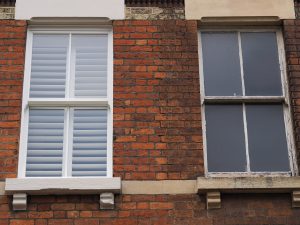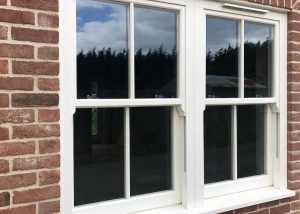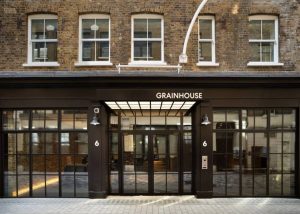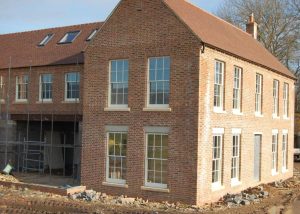Facts about Ripon
General Info
Ripon is a cathedral city and civil parish in North Yorkshire, England. The city is located at the confluence of two tributaries of the River Ure, the Laver and Skell. Within the boundaries of the historic West Riding of Yorkshire, the city is noted for its main feature, Ripon Cathedral, which is architecturally significant, as well as the Ripon Racecourse and other features such as its market.
The city was originally known as Inhrypum. Bede records that Alhfrith, king of the Southern Northumbrian kingdom of Deira, gave land at Ripon to Eata of Hexham to build a monastery and the abbot transferred some of his monks there, including a young Saint Cuthbert who was guest-master at Ripon abbey. Both Bede in his Life of Cuthbert and Eddius Stephanus in his Life of Wilfred state that when Eata was subsequently driven out by Alhfrith, the abbey was given to Saint Wilfrid who replaced the timber church with a stone built church. This was during the time of the Anglian kingdom of Northumbria, a period during which it enjoyed prominence in religious importance in Great Britain. It was for a period under Viking control, and later suffered under the Normans. After a brief period of building projects under the Plantagenets, the city emerged with a prominent wool and cloth industry. Ripon became well known for its production of spurs during the 16th and 17th centuries, but would later remain largely unaffected by the Industrial Revolution.
History
During its pre-history the area which later became Ripon was under the control of the Brigantes, a Brythonic tribe. Three miles (5 km) north at Hutton Moor there is a large circular earthwork created by them. The Romans did not settle Ripon, but they had a military outpost around five miles (8 km) away at North Stainley. Solid evidence for the origins of Ripon can be traced back to the 7th century, the time of the Anglian kingdom of Northumbria. The first structure built in the area, known at the time as Inhrypum, was a Christian church dedicated to St Peter, with the settlement originating in 658. This was founded by a Northumbrian nobleman known as Wilfrid, who later became Archbishop of York; he was granted the land by King Alhfrith.
The earliest settlers were stonemasons, glaziers and plasterers that Wilfrid brought over to help construct the Ripon monastery, from Lyon in Francia and Rome which was then under Byzantine rule. The years following the death of Wilfrid are obscure in Ripon’s history. After the invasion of the Great Heathen Army of Norse Vikings in Northumbria, the Danelaw was established and the Kingdom of Jórvík was founded in the Yorkshire area. In 937 Athelstan, then King of England, granted the privilege of sanctuary to Ripon, for a mile around the church. One of his successors was less well-disposed: after the Northumbrians rebelled against English rule in 948, King Edred had the buildings at Ripon burned. Prosperity was restored by the end of the 10th century, as the body of Saint Cuthbert was moved to Ripon for a while, due to the threat of Danish raids.







